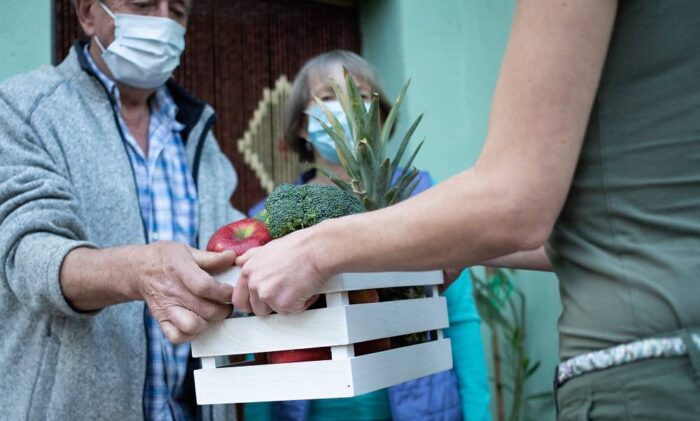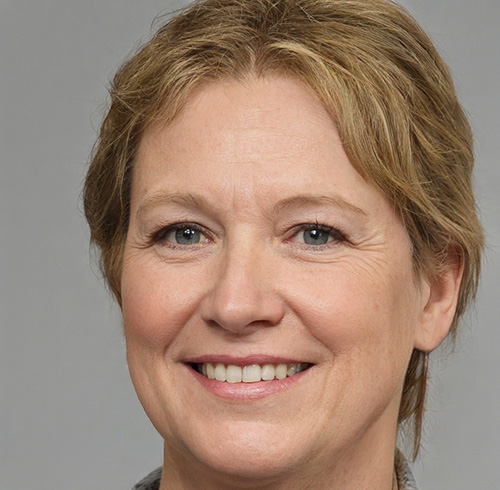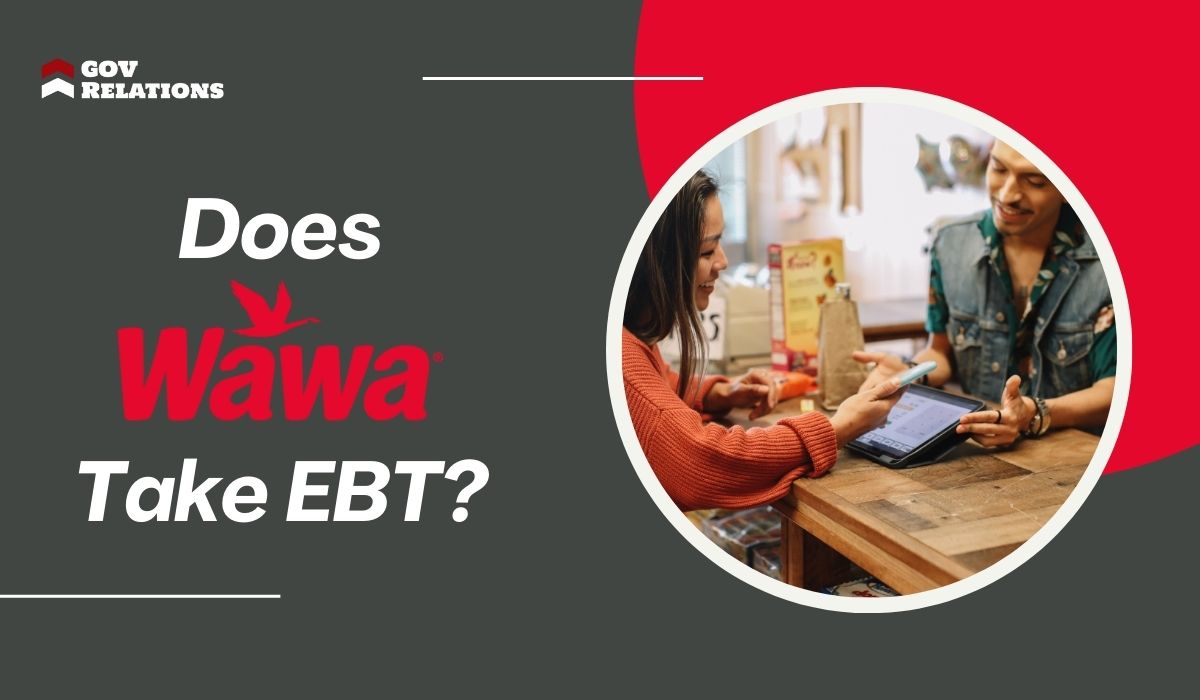Taking care of our health and well-being requires proper nutrition at every stage of life. This means ensuring access to nutritious foods from places like food pantries and grocery stores. Good nutrition is especially important for seniors as it can delay the onset of many nutrition-related illnesses they are vulnerable to. As food prices increase, good nutrition becomes key to a good quality of life for seniors.
It is estimated that 6.8% (5.3 million) or one in fifteen seniors face hunger today. This is mainly due to their unawareness of many food assistance programs available to them. For some seniors, limited household income and strict income requirements make it difficult to afford balanced meals. Food prices and income in retirement can pose significant challenges, and diminished mobility can make it hard for them to shop for groceries.
A number of significant government and private food assistance programs ensure that seniors receive affordable meals and proper nutrition. Persons with disabilities and seniors with income guidelines are the primary beneficiaries. Food assistance programs provide both financial assistance and monthly packages of food.
Food banks, food pantries, and food box distributions have emerged as essential resources for providing food packages to the elderly. Moreover, various federal programs have been initiated to combat food insecurity among seniors, ensuring they receive monthly food boxes or hot meals according to their needs.
If you are still under crushing student debt, read our article on government grants that can help pay for your student loan.
Programs That Offer Free Food For Seniors
The following programs offer free food for seniors. This list includes government and non-governmental sources of free food.
The Emergency Food Assistance Program
TEFAP is a USDA program that provides emergency food assistance. In order to supplement the diets of low-income Americans, this program provides commodity foods. There is no money involved in this program; food is provided directly.
The USDA website reports that the government purchases a variety of USDA foods and distributes them to State Distributing Agencies. The Community Action Council, which distributes food directly to low-income families, food banks, soup kitchens, and other state organizations, receives a certain amount of food.
Even though each state handles this program differently due to varying civil rights regulations, you should contact your local Community Action Agency for more information regarding the application form process. When you let the Emergency Food Assistance Program know you need food assistance, they may just be able to provide some of the food you need.
The Elderly Nutrition Program

State and county government agencies, as well as small community programs and organizations across the country, can apply for grants through the Elderly Nutrition Program of the Administration on Aging (AoA). A federal umbrella program for senior food assistance programs, the Elderly Nutrition Program acts as the governing body and supports the programs in other regions while ensuring adherence to civil rights laws regarding national origin and other factors.
Additionally, the Elderly Nutrition Programs offer many excellent resources and additional services. Nutrition services, blood pressure checks, and diabetes tests are provided for patients with nutrition-related conditions, including chronic health conditions.
Consequently, it can be very helpful to senior citizens and to family members caring for aging relatives. The website is also an excellent resource for finding other local organizations that can assist you.
Specifically, the Elderly Nutrition Program provides funding for home-delivered meals and congregate meals distributed through senior centers, religious institutions, and schools. For these smaller programs to receive government support, they must also meet a number of essential income guidelines.
In order for meals provided to meet specific standards, for example, they must satisfy 1/3 of the recommended daily dietary allowance. The Elderly Nutrition Program and the Agency of Aging have also set eligibility requirements for seniors interested in participating in other government programs.
Meals On Wheels
In the United States, Meals on Wheels has over 5,000 programs, making it one of the largest and most recognizable food assistance organizations. There are a wide variety of locations that offer Meals on Wheels, so the nearest location may have different cost structures.
Volunteers often run Meals on Wheels branches, and at times they are supervised by the county or the city, as well. Microwaves or conventional ovens can be used to prepare frozen meals for home delivery. For those who participate in the program, special dietary needs are also considered, ensuring affordable meals and balanced meals.
Supplemental Nutrition Assistance Program (SNAP)
This valuable government program is most rarely utilized by the elderly, who are most likely to qualify for SNAP. As part of SNAP, seniors can receive free groceries and food. Due to the varying income requirements, the benefits vary each month.
Each state's county administers SNAP applications, and the process varies from one county to the next. Many counties have a separate SNAP office, but some counties have a social services department that handles applications. SNAP assistance aims to alleviate the burden of food prices on low-income persons.
In addition to being able to use the SNAP card for grocery shopping, seniors with limited mobility can designate a caregiver to complete the application. The chances of you automatically qualifying for food stamps are very high if you qualify for Medicaid or social security benefits.
Senior Farmers' Market Nutrition Program
In order to allow states to use the funds efficiently, the Senior Farmers' Market Nutrition Program (SFMNP) provides grants to them. The funds are used to provide healthy food options to seniors who are in need.
Seniors are given coupons or vouchers to use at local farmers' markets, farm stands, or directly from additional farmers. You can use the coupons at these locations to purchase fresh produce, herbs, and honey. This initiative also ties into broader agriculture programs aimed at supporting local farmers.
Persons over the age of 60 with households with incomes below 185% of federal poverty guidelines are generally considered low-income seniors. There are currently 57 states that participate in the SFMNP. Find out if your state agency runs an SFMNP program and the specific age requirements for participation.
The Commodity Supplemental Food Program (CSFP)
This USDA program specifically serves low-income seniors through its Commodity Supplemental Food Program (CSFP). Choosing food over other essentials is intended to keep seniors from choosing between them. Federal dollars are efficiently used to provide free food for seniors over 55 because foods are grown and produced in the United States.
There is no complete diet in this program, but it provides nutrients such as protein, calcium, magnesium, and fiber that are often lacking in the elderly. Peanut butter, milk, dried beans, and tuna are provided in place of prepared meals, ensuring they have access to nutritious foods despite the rising food prices.
Funds and food are provided to states by the CSFP, which the federal government runs. Local organizations then distribute the food by storing and transporting it to each state. Not all states have access to the program due to varying civil rights activities at the state level.
Child and Adult Care Food Program (CACFP)
This federal free food for seniors near me program reimburses childcare centers, daycare homes, and adult day care centers for providing nutritious meals and snacks to children and adults who are enrolled in the program.
A portion of the CACFP funding is also used to reimburse afterschool care programs, emergency shelters for children, and daycare facilities for adults over 60 or living with disabilities. Through CACFP, children and adults in the United States can thrive, grow, and develop in a healthy way, with a safety check on the quality of food provided.
Senior Food Box Program
USDA Foods are supplemented into the diets of low-income seniors through the Senior Food Box Program. A low-income individual is considered to be eligible for the program if he or she is 60 years old and lives in a household with an income that does not exceed 130 percent of the US poverty level.
They are not complete diets but provide the nutrients that older Americans often lack. Non-fat dry milk and shelf-stable liquid milk, juice, oats, ready-to-eat cereal, rice and pasta, lentils, peanut butter, and canned fruits and vegetables are among the food items included in the food boxes.
Commodity Supplemental Food Program supports the Senior Food Box Program. In exchange for receiving food for seniors free from local non-profit agencies, the USDA distributes nutritional food boxes to qualified beneficiaries each month.
If you are interested in learning more about different grants and programs that can help you with your living situation, read our article about the Low-Income Home Energy Assistance Program (LIHEAP). Check out the rest of Gov Relations' blog section today!






